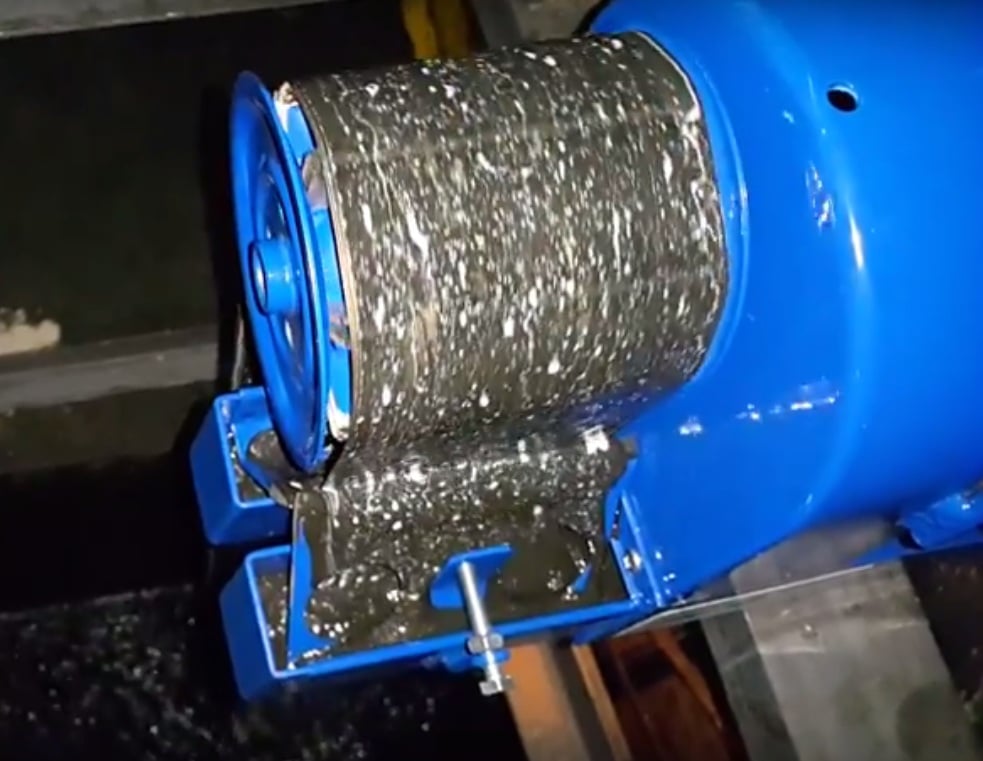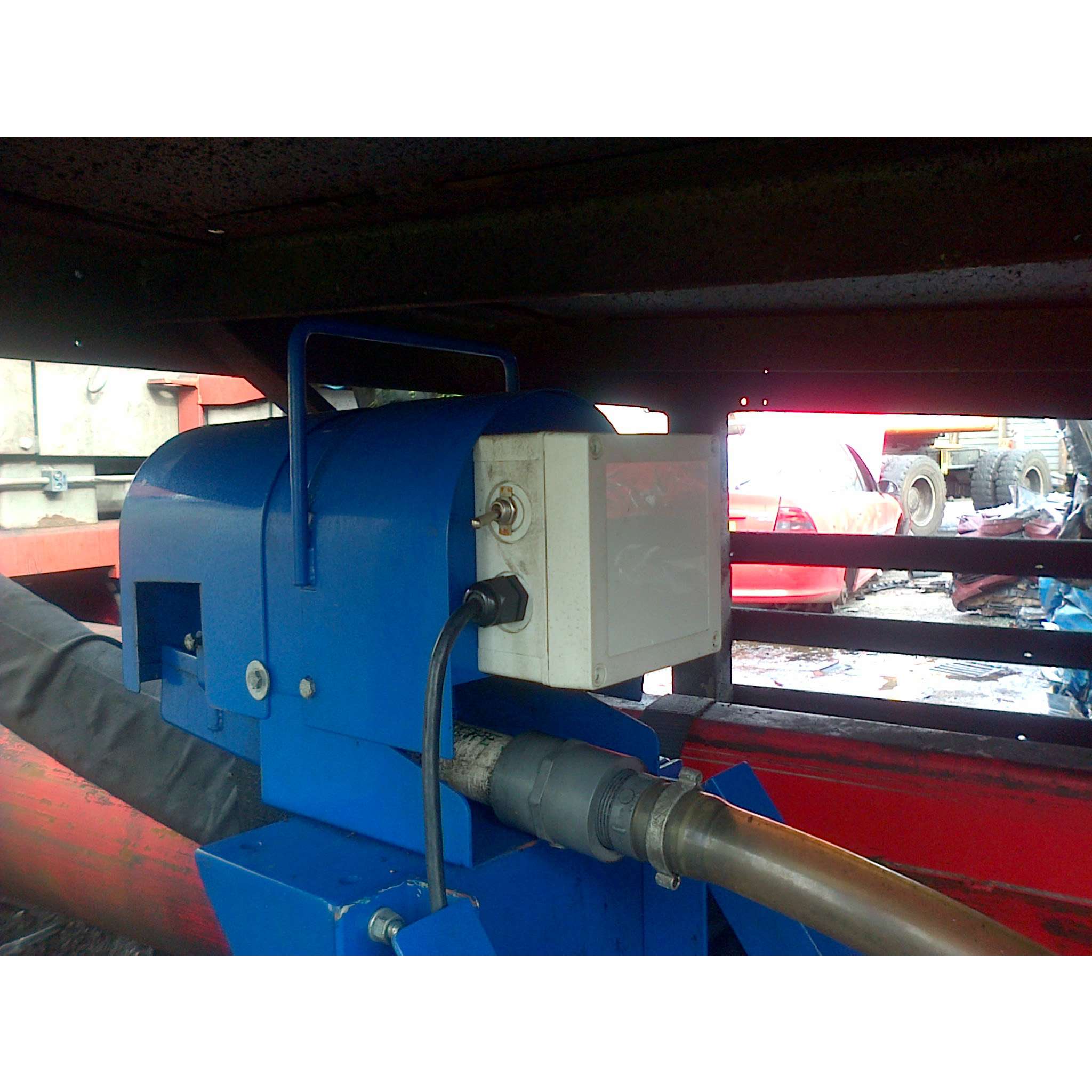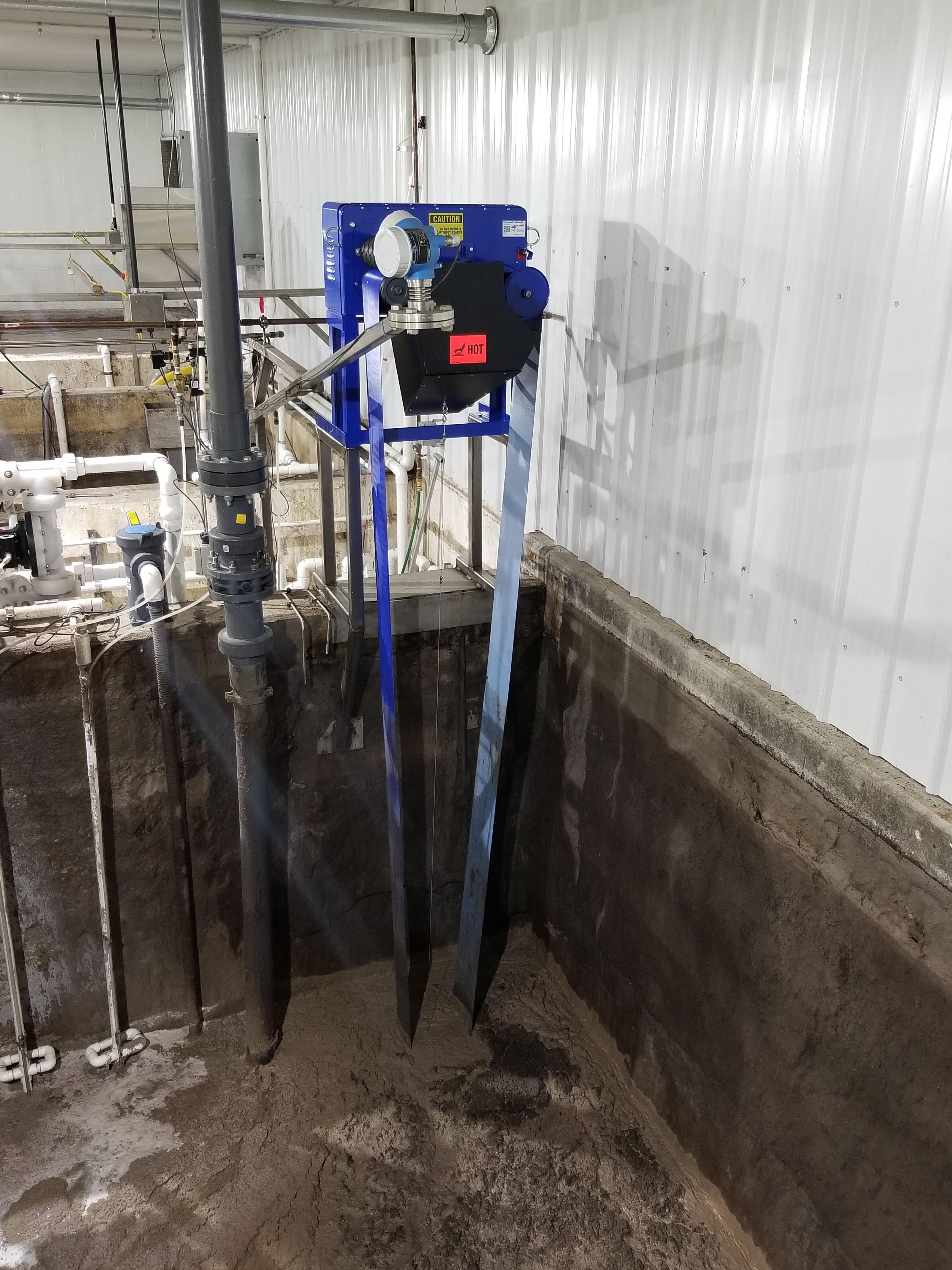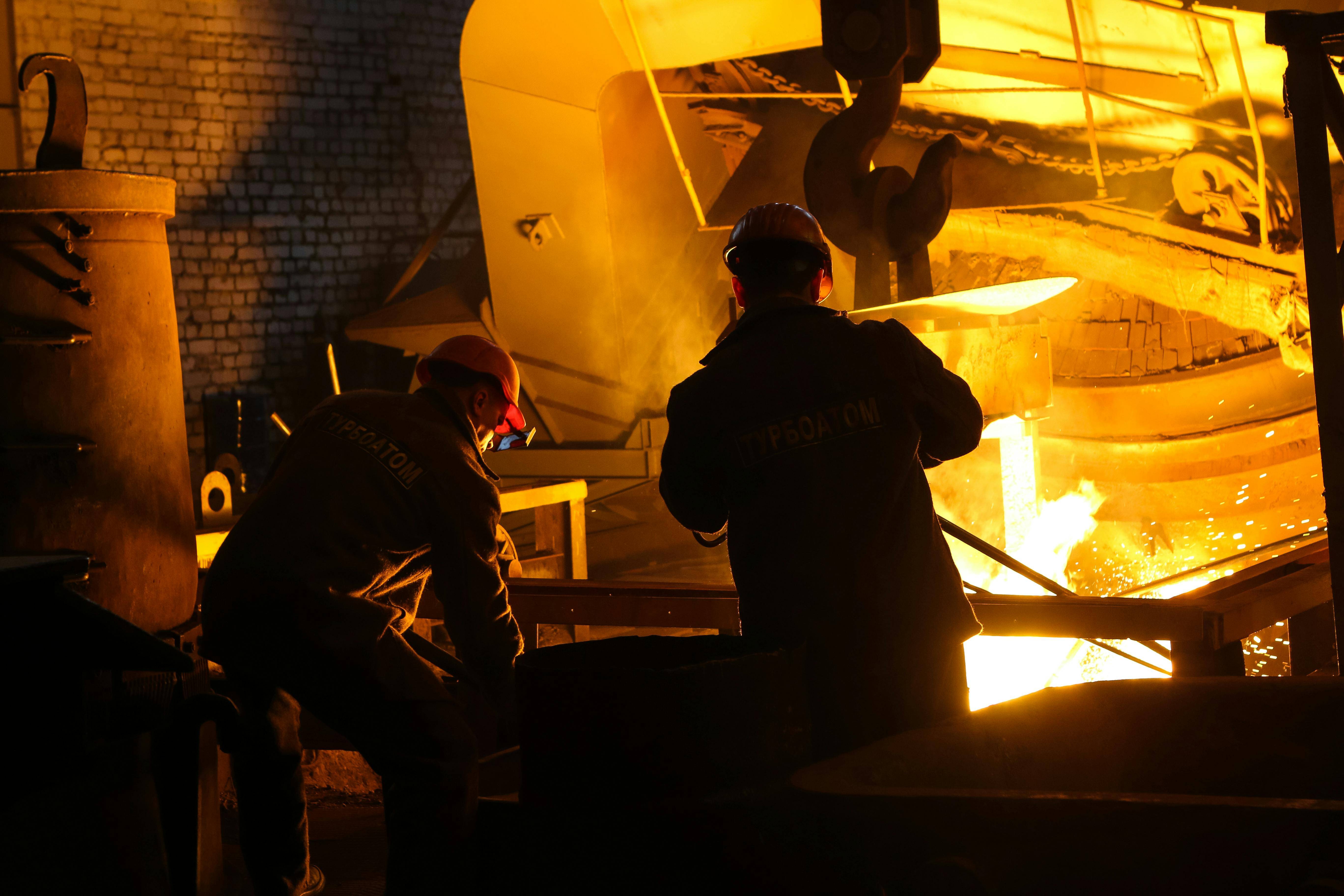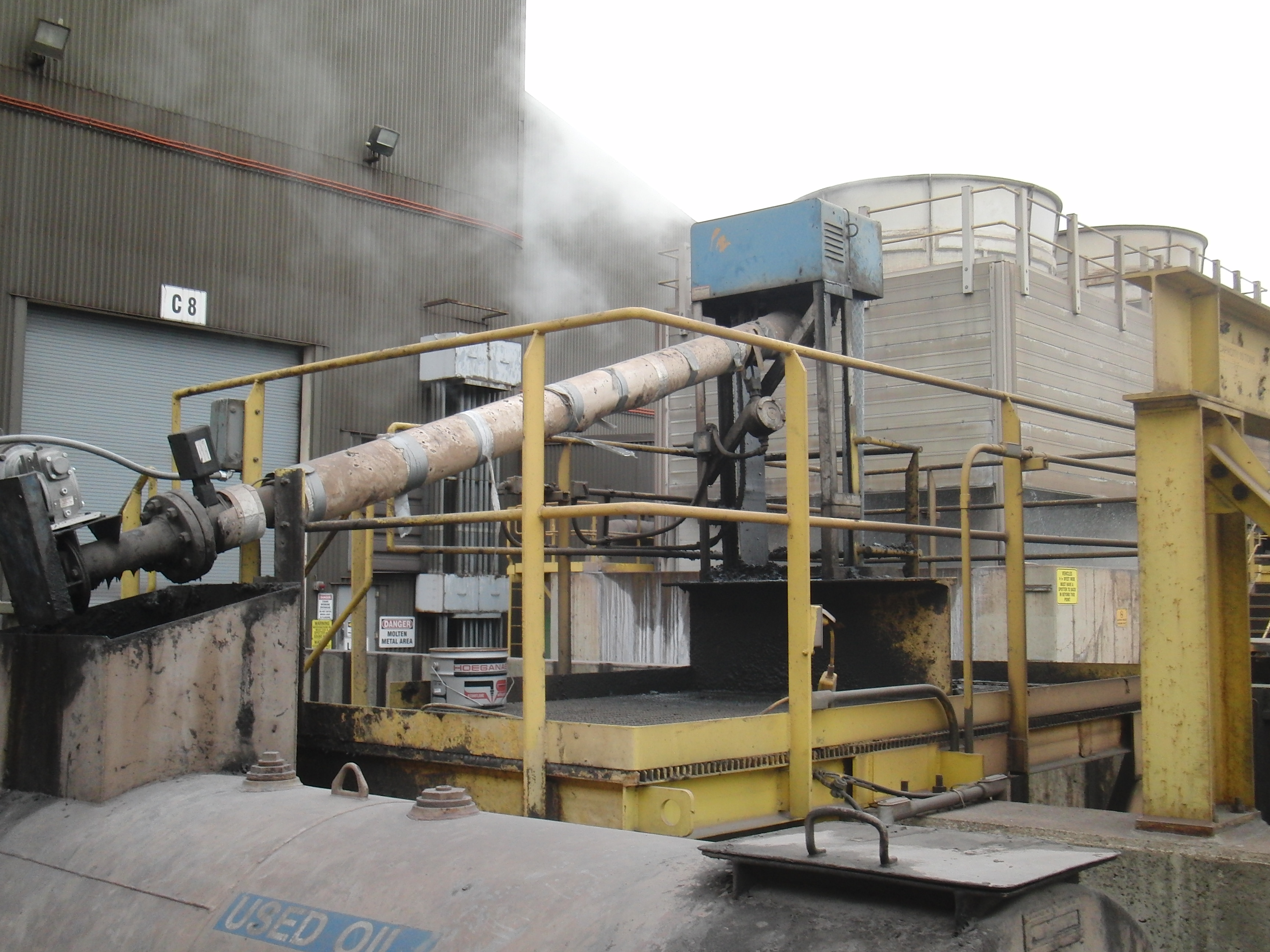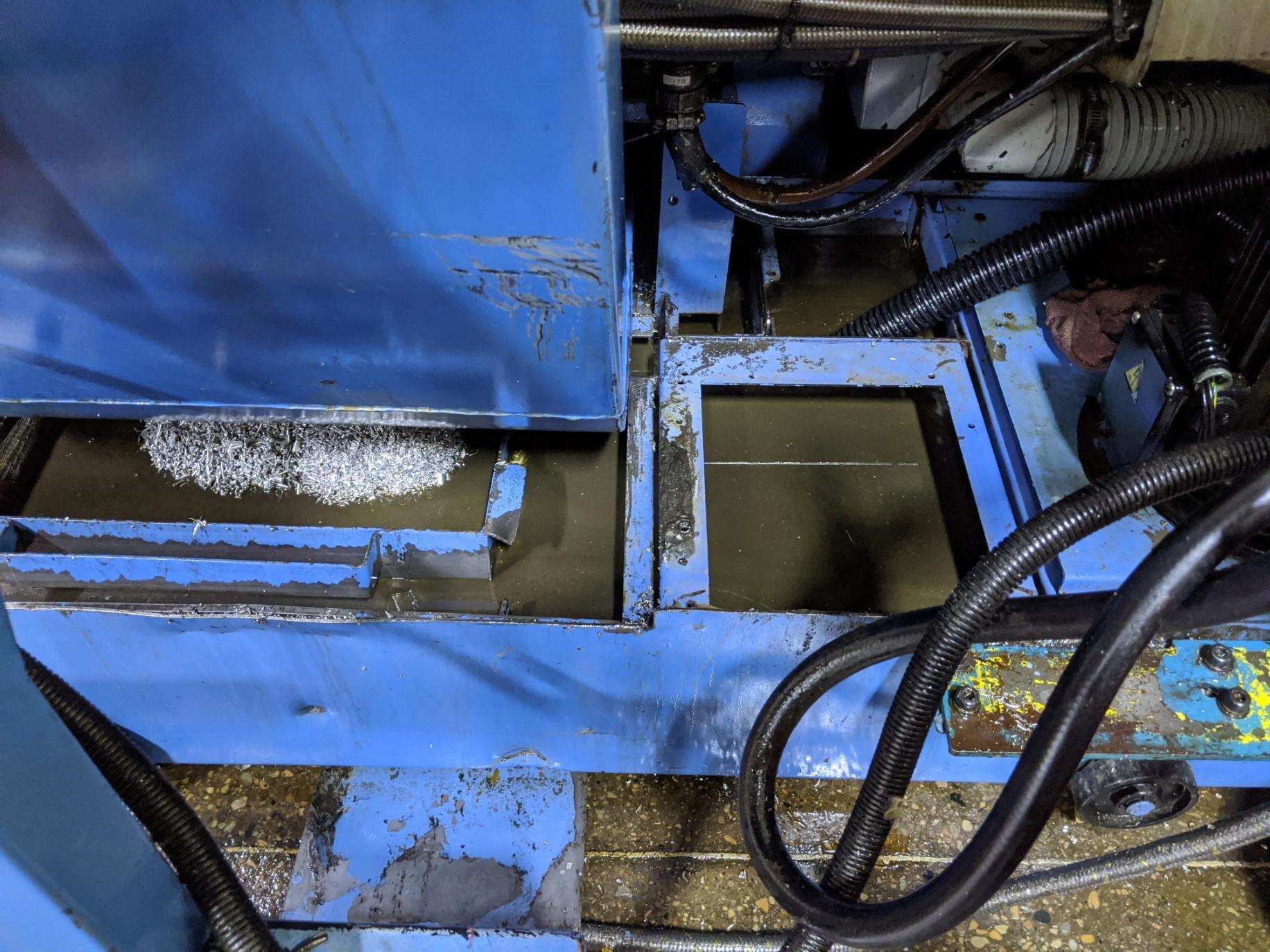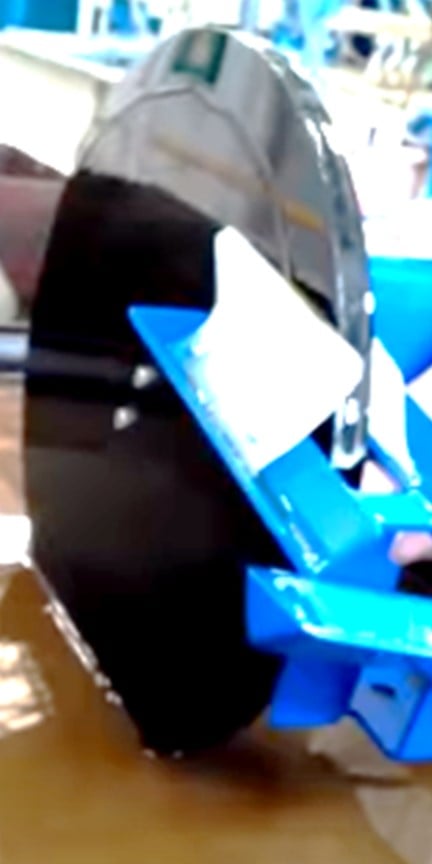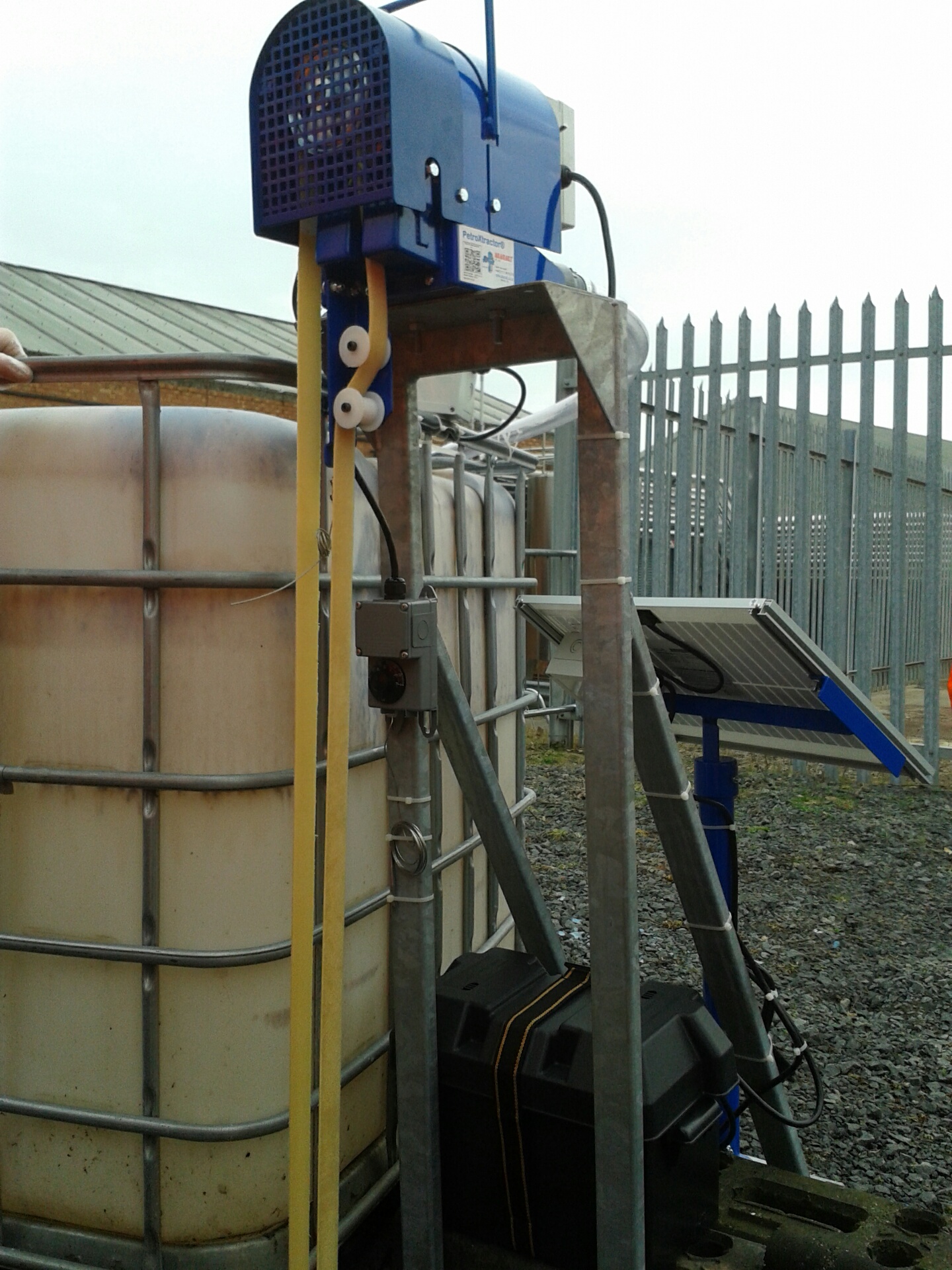In today’s industrial landscape, managing oil contamination isn’t just about compliance — it’s about efficiency, safety, and environmental responsibility. One of the most widely used tools for oil removal is the oil skimmer. But what exactly is it, how does it work, and why is it so critical in a variety of industries?
We’ll explore everything you need to know about oil skimmers: how they function, where they’re used, the different types available, and how to choose the right one for your needs.
What Is an Oil Skimmer?
An oil skimmer is a mechanical device designed to remove floating oil from the surface of water or other liquids. Because oil is lighter than water, it rises to the surface — and that’s where skimmers do their job.
Whether in an industrial sump, a coolant tank, or an open body of water after a spill, oil skimmers help separate and recover this surface oil for reuse or disposal. This process not only keeps systems clean but also prevents environmental contamination and regulatory violations.
Why Use an Oil Skimmer?
Oil skimmers serve multiple purposes across industries. Here are some of the key benefits:
✅ Environmental Compliance
Environmental regulations, such as those enforced by the EPA or local authorities, often require facilities to manage and minimize oil discharge. Oil skimmers help meet these standards by physically removing oil before it can enter sewer systems or natural waterways.
✅ Cost Savings
By skimming oil from liquids like coolant or wash water, facilities can often extend the life of their fluids, reduce maintenance costs, and minimize the need for chemical treatments or absorbent materials.
✅ Improved Equipment Lifespan
Excess oil in machine coolants or cleaning solutions can lead to fouling, corrosion, and microbial growth. Regular removal of oil helps maintain clean fluids, which in turn reduces wear and tear on equipment and extends its lifespan.
✅ Safety
Oil buildup in sumps and tanks can create slip hazards, fire risks, or interfere with other operations. Skimming the oil away helps maintain a safer work environment.
How Do Oil Skimmers Work?
The fundamental principle is simple: oil floats on water. Skimmers are designed to capture and collect this floating oil using various materials and mechanisms that attract or direct the oil into a collection vessel.
The oil can then be:
- Pumped into a waste tank
- Recycled back into the system (in some applications)
- Disposed of in accordance with environmental regulations
Let’s look at some of the most common types of oil skimmers and how they function.
Types of Oil Skimmers
Belt skimmers use a continuous loop of oil-attracting (oleophilic) material — often polyurethane, stainless steel, or elastomer — that moves through the liquid surface. As the belt picks up oil, it passes through a set of scrapers or wipers that remove the oil and deposit it into a collection container.
Best for: Coolant tanks, machining centers, and parts washers.
These systems use a floating tube made of oil-attracting material. The tube snakes across the liquid surface, collecting oil, which is then removed by a drive system and scraped off into a container.
Best for: Irregularly shaped tanks or areas with floating debris.
Disk skimmers use a rotating disk partially submerged in the liquid. Oil adheres to the disk’s surface and is removed by wipers as it spins.
Best for: Shallow tanks or open-top containers with limited surface area.
- Drum or Barrel Skimmers
These are similar to disk skimmers but use a rotating drum or barrel instead of a flat disk. They typically offer a higher oil removal capacity.
Best for: Industrial wastewater treatment, large tanks.
- Weir Skimmers
A weir skimmer uses a floating intake that allows surface oil to flow over a weir (a barrier or lip) into a collection chamber. These skimmers rely on gravity and are useful when large volumes of oil need to be collected quickly.
Best for: Oil spill response, stormwater basins, and retention ponds.
Common Applications of Oil Skimmers
Oil skimmers are used across a wide range of industries and environmental settings, including:
- Metalworking and machining: Removing tramp oil from coolant systems
- Automotive manufacturing: Cleaning wash water and treating process fluids
- Food processing: Managing animal fats or vegetable oils in wastewater
- Marine and shipping: Cleaning bilge water and responding to oil spills
- Environmental cleanup: Skimming oil from lakes, rivers, and coastal areas
- Power plants and utilities: Treating wastewater from turbine and generator operations
How to Choose the Right Oil Skimmer
Selecting the correct oil skimmer involves several key considerations:
| Factor |
Considerations |
| Oil Type |
Is it light (e.g., diesel) or heavy (e.g., gear oil)? |
| Tank Size and Shape |
Are there space constraints or obstructions? |
| Oil Volume |
Is there a thin sheen or a thick layer of oil? |
| Temperature and Environment |
Will the skimmer be exposed to high heat or corrosive elements? |
| Maintenance Needs |
How easy is it to clean, maintain, or service the unit? |
| Flow Rate |
How much oil needs to be removed per hour/day? |
Consulting with an expert or supplier can help you choose the right model based on your specific operating conditions.
Oil skimmers may seem like a small component in a large industrial process, but their impact is significant. They reduce operational costs, extend equipment life, enhance safety, and ensure environmental compliance — all by doing one simple thing very effectively: removing oil from liquid surfaces.
Whether you're running a small machine shop or managing a large-scale facility, integrating the right oil skimmer can lead to cleaner systems, more efficient processes, and a healthier environment.
Need help selecting the best oil skimmer for your application?
Feel free to reach out — we can walk you through the options based on your exact needs.
To learn more about oil skimmers, please contact our experts at 440-543-7400 or visit our website: www.abanaki.com
You are just one step away from downloading Abanaki's most detailed resource on our oil skimming equipment. Simply click at the button to get your ultimate guide now.


